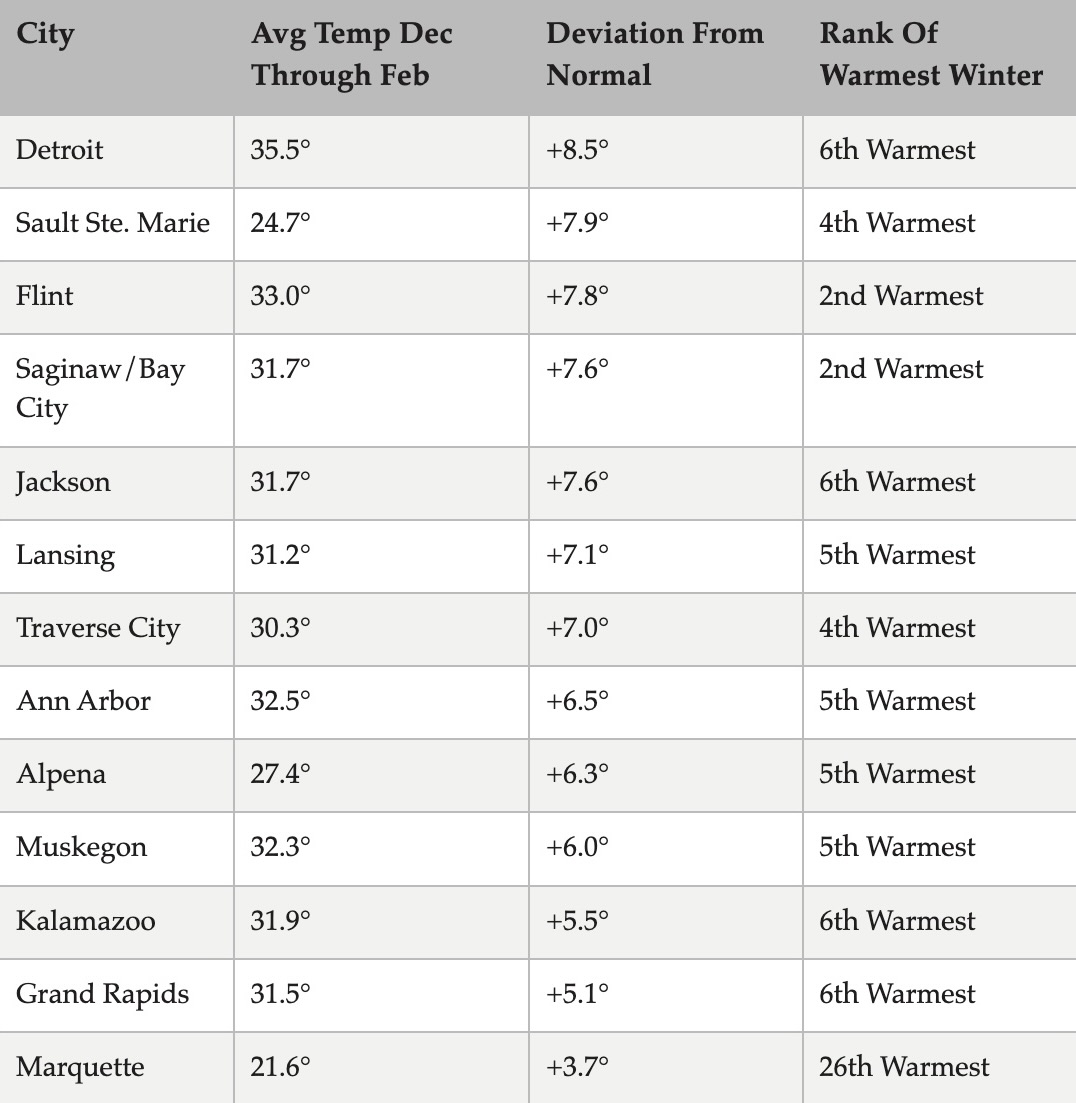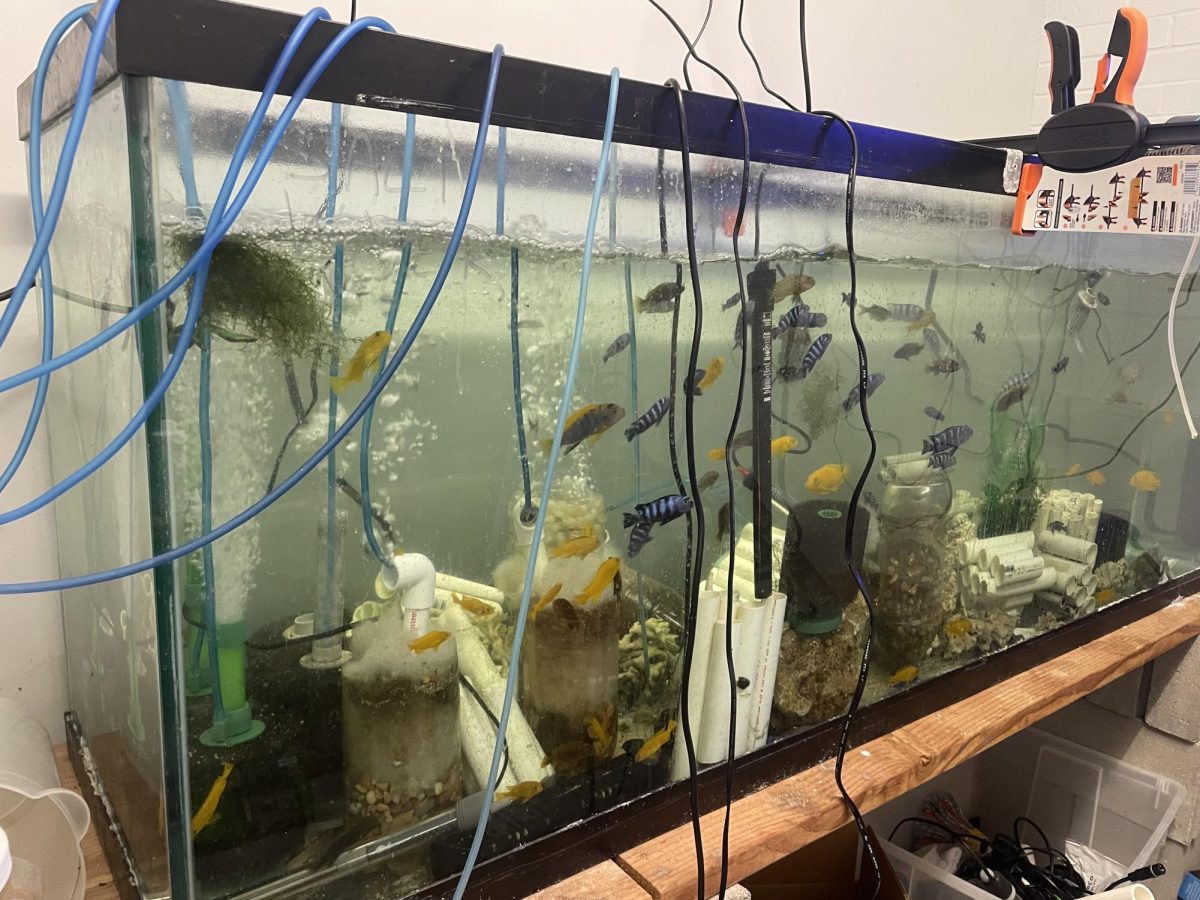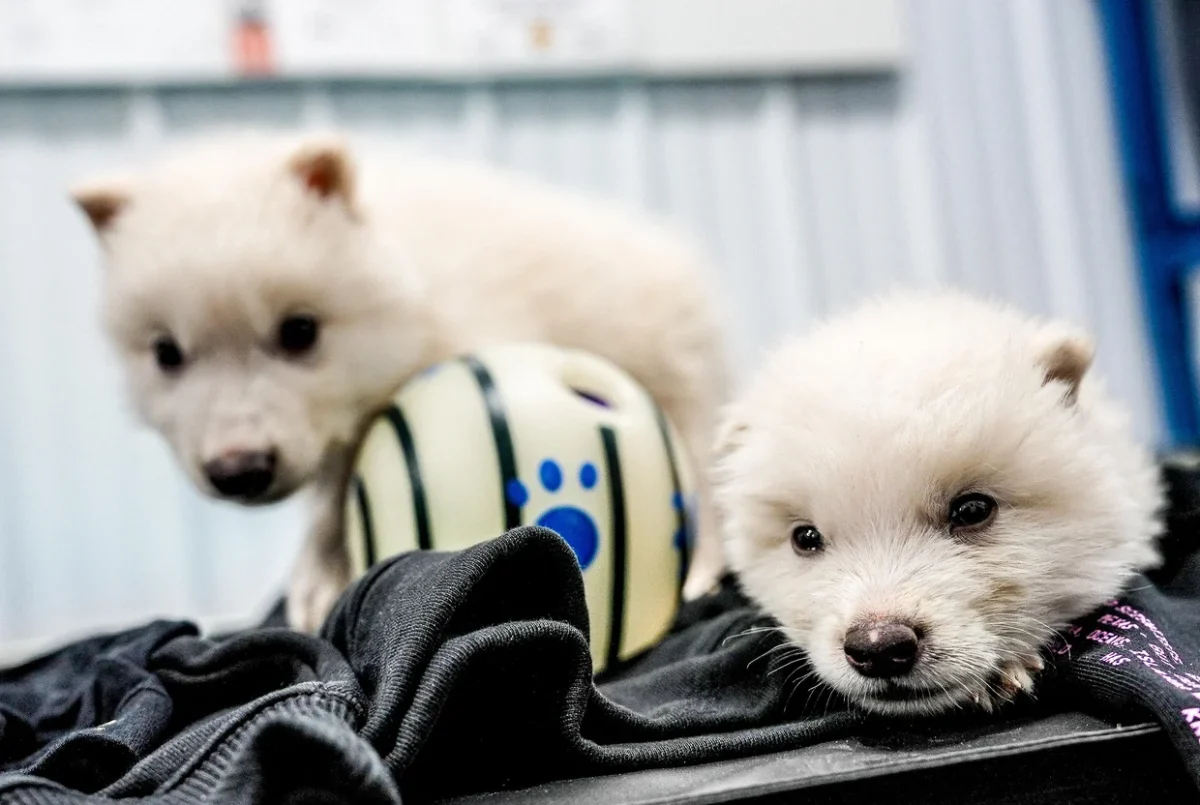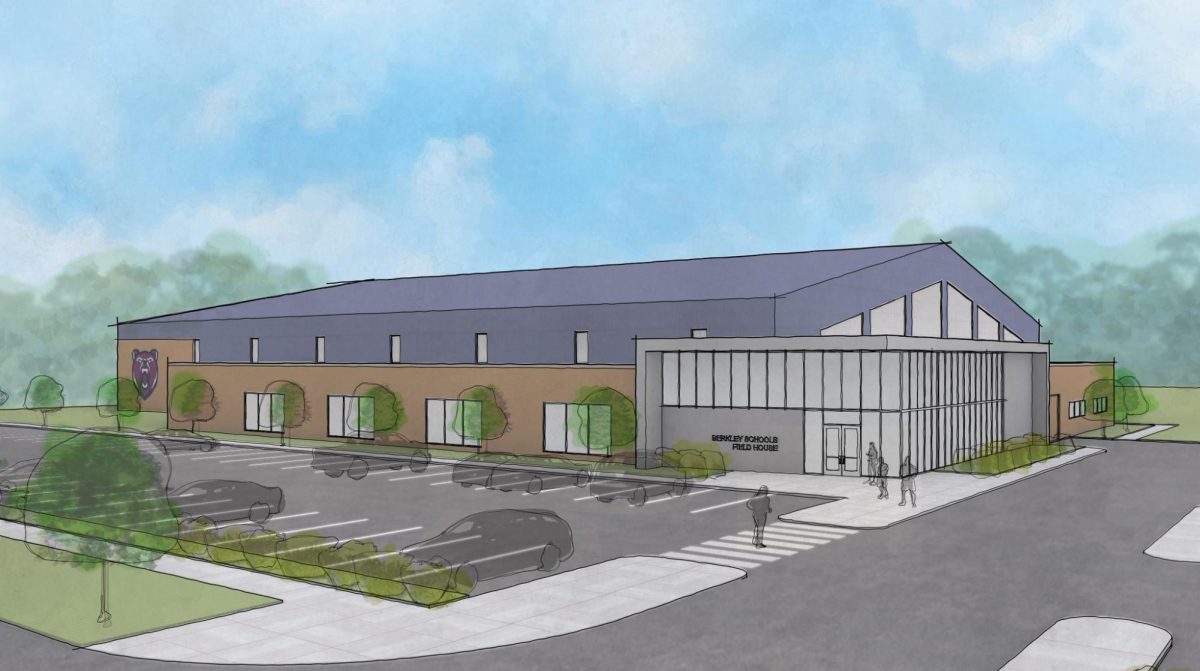Climate change is taking its toll this winter, resulting in a winter with little snow. The first snow on Halloween gave many false hope that it would be a snowy winter. Many were disappointed to find very little snowfall during December, and a very rainy holiday season. Climate change is not only affecting us, but it’s affecting businesses as well.
According to scientist Brian Brettschneider, the reason for the lack of snow is climate change due to human activities. The Earth is getting warmer, and this is resulting in very little snow. A CNN article tells us that “a warmer world driven by human pollution means precipitation is more likely to fall as rain than snow”. This is what we are seeing in southeast Michigan. Rather than getting inches of snow like we used to, we are seeing the precipitation in the form of rain. If the temperatures were below freezing (32°F), we would likely see the precipitation as snow.
Scientists say that if the temperatures continue to rise at such an alarming rate, we will have very little snowfall in future winters. This is bad, not just because this means fewer snow days and winter activities, but because the snow provides a buffer for the Earth from the sun. Since the sun is more direct in areas in the north, the sun’s rays are staying in the atmosphere, warming the Earth. The snow typically reflects its rays, sending the rays back up to space and out of our atmosphere.. However, with the lack of snow, the rays are staying in the atmosphere, warming it up even more.
Another thing that is affecting the high temperatures this winter is El Niño, it is affecting the weather patterns, causing the temperatures to rise as well. El Niño is a series of weather that occurs randomly, it results in hotter temperatures throughout the world. The last El Niño Michigan experienced was in 2015, which caused temperatures to rise similarly to how they are this winter. However, climate change has caused temperatures to increase even more. The chart below shows a clear increase in temperature all across Michigan. This temperature increase is causing the precipitation to come down as rain instead of snow.
The lack of snow and increased temperatures is also hurting the economy. Businesses such as ski resorts aren’t getting as much business as they used to. The resorts have opted to make fake snow through snow machines, but areas with many trees are unable to accommodate these machines, so winter activities aren’t getting enough snow. Along with these machines being big, they are also costly, ranging from $10,000-50,000. Resorts with a large amount of land can’t afford to have enough snow machines for every route skiers will be taking. Along with the lack of snow, ski resorts have noticed that people aren’t buying their lift tickets as early. They wait to see what the weather is going to be like according to a Bridge Michigan article. If temperatures keep increasing at this rate, it will get harder and harder for the resorts to accommodate these winter activities.
The question of what Michigan winters will look like, now with climate change, is still unanswered. However, many scientists believe that it will lead to much less snowfall and many more harsh thunderstorms instead, according to Michigan.gov. This means, unfortunately in the upcoming years, we will see fewer snowy holidays, fewer snow days, and fewer snow activities. Though climate change seems irreversible at this point, there are a few things we can do to help lessen the effects. For example, using less electricity, traveling less, walking instead of driving, recycling, throwing away less food, and even considering switching to an electric vehicle. These things might seem small, but when they are done by a lot of people, together, they can help lessen the effects of climate change.
Categories:
How Climate Change is Affecting Michigan Winters
A chart showing the temperature increase in Michigan.
More to Discover








